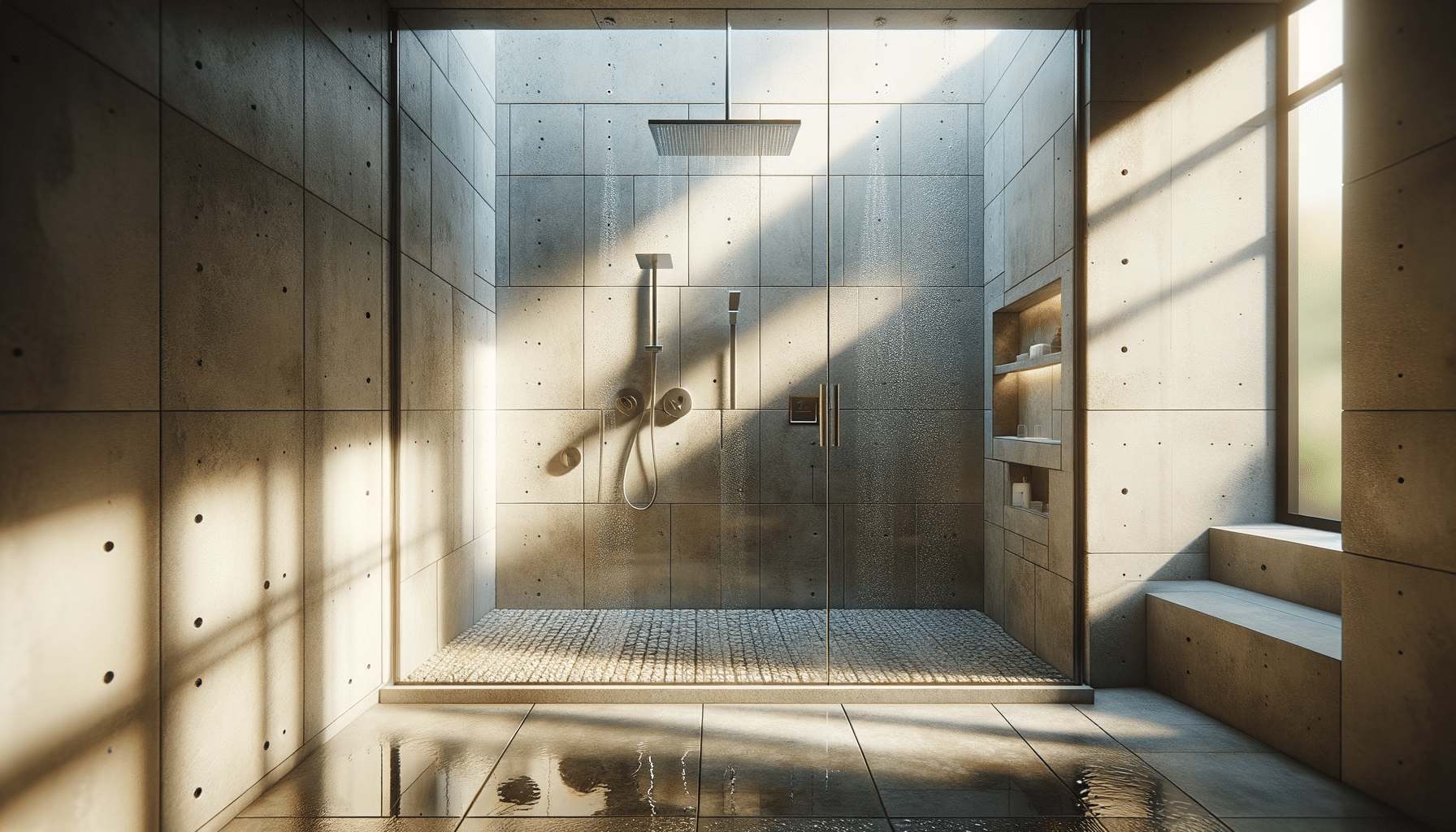
What You Need to Know About Walk-In Showers
The Appeal of Walk-In Showers
Walk-in showers have become a popular choice for homeowners seeking to combine functionality with modern aesthetics. The allure of these showers lies in their open design, which can make a bathroom feel more spacious and luxurious. Unlike traditional shower-tub combinations, walk-in showers often feature sleek glass panels and minimalistic hardware, enhancing the overall visual appeal of the space.
One of the key benefits of walk-in showers is their accessibility. With no high ledges or steps to navigate, they are ideal for people of all ages, including those with mobility challenges. This feature not only adds to the safety of the bathroom but also increases the home’s value by appealing to a broader range of potential buyers.
Additionally, walk-in showers offer great flexibility in terms of design. They can be customized to fit any bathroom size or style, from compact en-suites to expansive master baths. Homeowners can choose from a variety of materials, such as tile, stone, or glass, to create a shower that complements the rest of the bathroom’s décor.
Design Considerations for Walk-In Showers
When planning a walk-in shower, there are several design considerations to keep in mind to ensure both functionality and aesthetics. First, the layout of the bathroom will dictate the size and placement of the shower. It’s important to consider the flow of the space, ensuring that the shower doesn’t obstruct movement or make the room feel cramped.
The choice of materials is another crucial factor. Tiles are a popular option due to their durability and wide range of colors and patterns. Natural stone can add a touch of luxury, but it requires regular maintenance to prevent staining and water damage. Glass panels are often used to enclose the shower, providing a sleek, modern look while maintaining the open feel.
Water-flow features should also be considered. Rainfall showerheads, body jets, and handheld shower wands can enhance the shower experience, but they require adequate water pressure and drainage systems. A well-designed drainage system is essential to prevent water from pooling in the shower area and causing damage to the bathroom floor.
Safety and Accessibility Features
Safety is a paramount concern in bathroom design, and walk-in showers can be equipped with various features to enhance user safety. Non-slip flooring is a must-have to prevent accidents, especially in a wet environment. Tiles with a textured surface or anti-slip treatments can provide the necessary traction.
Grab bars are another important safety feature, offering support and stability for users with limited mobility. These can be integrated into the shower design in a way that complements the overall aesthetic. Additionally, a built-in shower seat can provide comfort and convenience for those who need to sit while showering.
For maximum accessibility, consider installing a curbless shower entry. This design eliminates the need for a step or lip, making it easier for wheelchairs and walkers to enter the shower area. A wide entryway and adjustable showerheads further enhance the shower’s accessibility and usability for all family members.
Maintenance and Care of Walk-In Showers
Proper maintenance is essential to keep a walk-in shower looking its best and functioning efficiently. Regular cleaning is necessary to prevent mold and mildew buildup, particularly in grout lines and corners. Using a squeegee to remove water from glass panels after each use can help prevent soap scum and water spots.
It’s also important to periodically inspect the shower for signs of wear and tear. Check for any loose tiles or grout, as these can allow water to seep behind walls and cause damage. Resealing natural stone surfaces every few years can protect them from staining and moisture penetration.
For showers with more complex features like multiple showerheads or body jets, occasional professional maintenance may be required to ensure everything is functioning properly. Keeping the shower components in good working order not only prolongs their lifespan but also maintains the shower’s efficiency and water-saving capabilities.
Maximizing the Investment in a Walk-In Shower
Investing in a walk-in shower can significantly enhance the value and enjoyment of your home. To maximize this investment, consider how the shower fits into the overall bathroom renovation plan. A well-designed and executed walk-in shower can be a focal point that elevates the entire space.
Homeowners should also consider energy efficiency and water conservation when selecting shower fixtures. Low-flow showerheads and efficient water heaters can reduce utility bills and lessen the environmental impact. Additionally, choosing durable, high-quality materials can ensure that the shower remains in good condition for years to come.
Finally, when planning a walk-in shower, think about future needs. Designing with aging in mind can make the shower a long-term asset, ensuring that it remains functional and accessible as needs change. This foresight not only enhances the shower’s usability but also contributes to the home’s overall market appeal.


